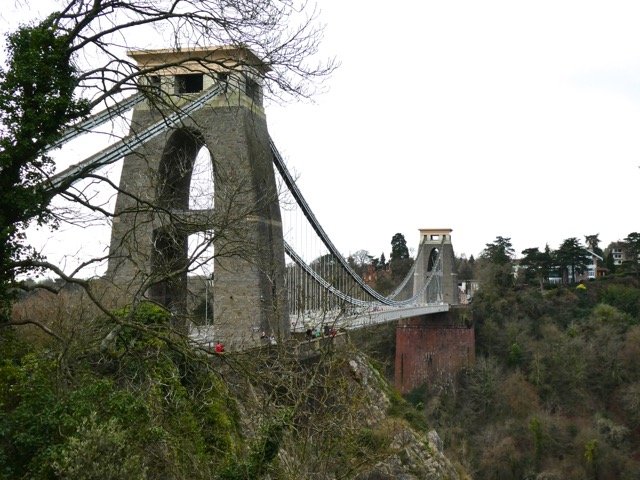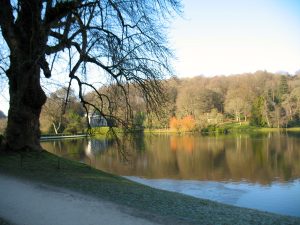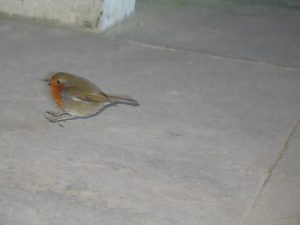I’ve been thinking about these Australian fires. I’m a bit worried that everyone is asking the wrong question. We should not be wondering why it is happening, but why is it not happening everywhere else. Then you realise it actually is.
Its my favourite Law again. Humpty Dumpty science; The Second Law of Thermodynamics. http://asclegg.co.uk/wp/humpty-science/ I remember when as children, as soon as we were big enough we used to help stooking the wheat which was then stacked in a barn to wait for Fred to come around with his threshing machine – often several weeks later. It had to dry in the field before it was stacked. If it wasn’t it would catch fire. No matches needed, just a few hot bacteria. Straw and oxygen burn naturally; order to disorder; low to high entropy.
Australia is happening all the time elsewhere but not quite so obviously and not in front of the cameras. Large areas of arctic Siberian evergreen forest have burnt this year. Last year Saddleworth Moor in Yorkshire, drained and dried to make fatter grouse, burnt for the whole season. Carbon and oxygen are an explosive mixture. Gunpowder is carbon and oxygen.
What is amazing about this natural process is the strategies nature has evolved to control it. We think of these as normal but far from it; they are astonishing and, so far it seems, they have not happened anywhere else in the universe.
The main strategy used by nature is that all the carbon stuff around us, like this sequoia, also contains water which means that any fire is often self-dousing. An English oak for example, fully grown at 200 years, has a typical mass of about 14 tonnes, half of which is water. Another strategy that exploited by nature is that our oxygen is diluted with an inert gas, nitrogen, so that it is just below (but only just) the concentration that would wreak real havoc at our ambient temperature. And another is that our ambient temperature is just about low enough to stop it happening all the time. Something we seem intent on on ending.
The really clever bit, though, is happening inside us (and everything else living) all the time. Instead of our food carbon burning all at one go, the process happens in eight small steps, each releasing a dollop of energy just small enough for us to absorb without self-immolation; all we do is just sweat a bit. We are walking gunpowder plots moderated, unbelievably, by orange juice – wonderful stuff.
How many Australias will burn, I wonder, before we come to understand that nature is far from natural but is actually a delicately balanced equilibrium struggling against all odds not to fall off the rim of a thermodynamic cliff. When will we come to our senses and stop trying to push it off.








 At the far side of the lake is largest temple in this classical garden, the Pantheon, a one quarter size copy of the real thing.
At the far side of the lake is largest temple in this classical garden, the Pantheon, a one quarter size copy of the real thing. 

